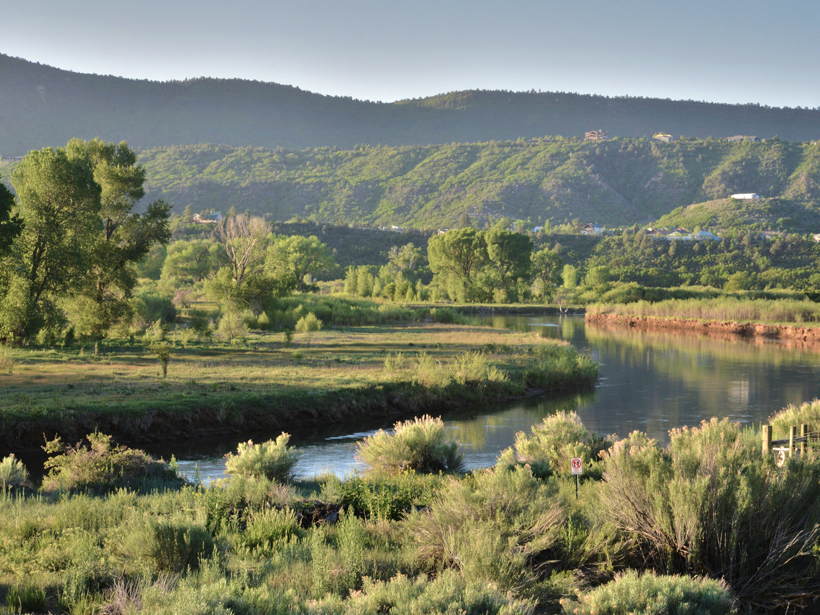Hydrologists and geologists have increasingly relied on highly complex, process-based models to simulate how water flows locally, regionally, and globally. Although these models seek to provide detailed, realistic representations of various hydrological processes and interactions, they often do not perform better than more traditional modeling approaches. As Mendoza et al. argue, complex process-based models are limited in that they make fixed assumptions about input parameter values and physical processes that can actually vary across space and time, rendering them inflexible and useful only in limited environments and time periods.
To test this argument, the authors analyzed how physically based model simulations performed against observational data and how sensitive the results were to changes in parameter values. For their model, the authors chose Noah-MP, which can simulate large-scale hydrologic and biophysical processes in a variety of conditions and climates, and they tested its ability to simulate total runoff in three headwater catchments of the Colorado River basin. A number of Noah-MP parameters, ranging from the runoff decrease rate to the maximum fraction of the surface that is saturated, are hard coded in the model. Not only were the simulations inaccurate when default values were used for these parameters, but the authors also found that changes in the hard-coded parameters made the biggest difference in model accuracy.
Compounding this issue, many of the physical processes implicitly lumped into hard-coded parameters depend on location properties or hydroclimatic conditions that can vary over space and time; therefore, oversimplifying these scalable variables can introduce errors to model predictions. The authors argue that these models should have the flexibility to vary input parameter values and to adapt the equations used to represent hydrological processes, spatial variability, and other details depending on the situation. (Water Resources Research, doi:10.1002/2014WR015820, 2015)
—Puneet Kollipara, Freelance Writer
Citation: Kollipara, P. (2015), Inflexibility of some hydrological models limits accuracy, Eos, 96, doi:10.1029/2015EO030083. Published on 26 May 2015.
Text © 2015. The authors. CC BY-NC 3.0
Except where otherwise noted, images are subject to copyright. Any reuse without express permission from the copyright owner is prohibited.

